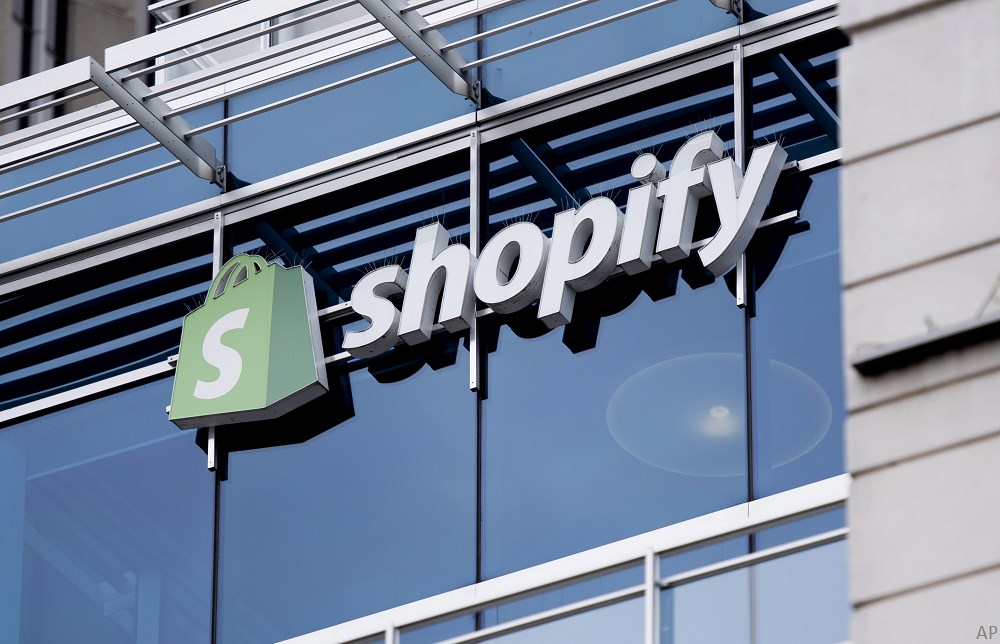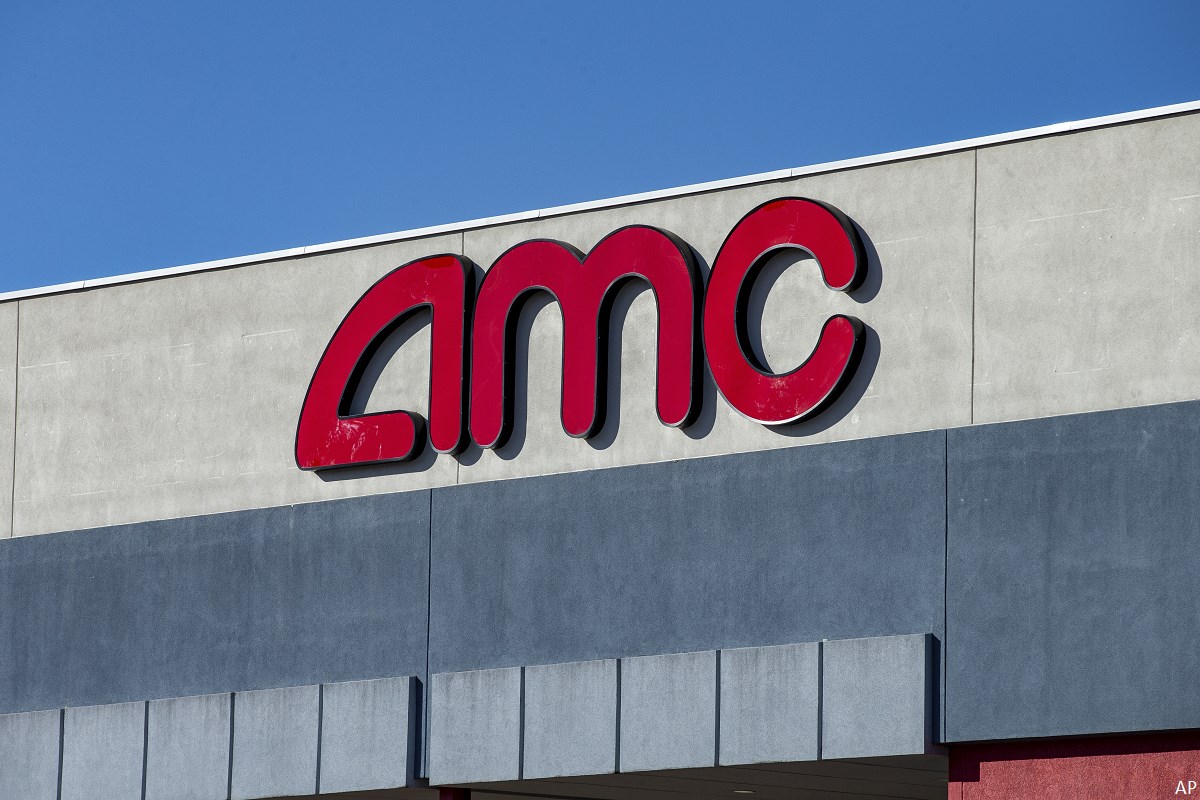
According to Morningstar Pitchbook data there was a dearth of technology initial public offerings (IPOs) in recent years, with only two listing in 2016, three in 2018 and two in 2019; 2017 was an exception with ten.
But in the first quarter of 2021 alone, according to the Canadian Venture Capital Association (CVCA), 19 start ups reached the stock market. “It’s the best quarter we’ve seen in the last 15 years, in terms of capital raised,” says Kim Furlong, CEO of the CVCA. And according to TMX Group, 17 more IPOs were announced in the same quarter, making it a total of 32 IPOs that stand to raise $3.2 billion in IPOs. That’s a substantial vaulting compared to the six tech IPOs that took place in 2020, according to Pitchbook Data.
Razzle-Dazzle
The biggest draw in the quarter was digital solutions provider Telus International CDA (TIXT), which on the 3rd of February raised US$1.06 billion at an opening price of $30.40 (or US$ 25) on the NYSE and the TSX exchanges. MDA (MDA), a player in space and robotics technology, just opened on April 7th at a price of $14, pulling in gross proceeds of $400 million.
This boom doesn’t seem to be a flash in the pan. “The TSX told us that on any year, you’d usually get only a handful of IPOs, says Furlong. Now, the prediction is that we will get a handful every quarter for at least a year or two.”
The first obvious reason for the ongoing flare is the overwhelming popularity of technology. “The success in the market fires other entrepreneurs,” says Furlong. Also, an acceleration in venture capital activity in recent years has allowed to feed the IPO pipeline and promises to feed it for years to come, as 2020 saw the second-highest level of VC investment on record with $4.4B invested across 509 deals, following the record year of 2019 that saw $6.2 B go into 539 deals.
A third major reason is that “venture capitalists have decided to stay the course,” highlights Furlong. For the last 30 years, it has been nearly impossible to grow hi-tech companies here, she recognizes. “Initial funders were willing to take less return for less risk, she says, and they would accept a merger or acquisition. Now, people are pushing back against that mentality.”
The difficulty for start-ups was always to find sufficient capital muscle capable of supporting them through the long haul. But venture capital firms are now giving themselves that muscle, notably with what Furlong calls “alignment” funds. Georgian Partners, the largest venture capital firm in Canada, has just created such a fund with $1.02 billion in available capital, the second fund of its type to appear in three years. “These are continuation vehicles and aim at plowing fresh money into fields that have already been seeded,” Furlong says.
Great at First, then Less So
Some IPOs have posted strong gains on listing. AbCellera Biologics (ABCL) listed on the NASDAQ on December 15, 2020, with an opening price of US$58.90, which gave the company a market value of $6.7 billion, “the biggest in the history of Canada”, notes Furlong. AbCellar’s stock has since fallen to US$27.40.
Haivision (HAI), a provider of real-time video streaming and networking solutions, launched the following day and saw its offering price of $6 open at $7.77 and move up to $15.64, before dropping to $9.40.
Such retrenchments are not exceptional, and those stocks still remain above their launch prices. Futhermore, notes Furlong, “we didn’t see any stocks start off with a dramatic drop in price”.
Sustained Torque
Investors often think that IPOs are just a fireworks stunt giving a pop in the first few days, then dying out. But the good IPOs are occasions for strong long-term gains. David Taylor, portfolio manager of the BMO Canadian Small Cap Equity fund, who has participated in a number of tech IPOs over the years, is such an investor who is not on the lookout for pyrotechnic stocks, rather for strong sustainable performers. He believes Haivision is such a stock. “We like that this company is founder-led and has not required outside capital since 2007, which is very rare. The underlying industry is growing at a 15% rate, I believe it can accelerate, and the company’s last quarter saw an 18% growth in revenues to $80 million, with high gross margins.”
Other technology IPOs that Taylor invested in have shown outstanding resilience and torque. Kinaxis (KXS), which he bought at $13 in December 2014 has since catapulted to $165 – though it has fallen back after soaring to a peak of $214 in mid-December 2020. His more recent stake in Nuvei (NVEI), which launched with an IPO price of US$45 has since vaulted to US$88, its summit to date. “This is a high-growth, high-profitability business that has secular trends behind it, with its customer base exposed to ecommerce, comments Taylor. Its revenue grew by 46% in the last quarter of 2020 to $ 375 million, and analysts are expecting that to reach $600 million in 2021 - with some acquisitions.”
Investors should be aware of certain risks attached to IPOs, warns Taylor. He names three. 1) A company becomes public too early and is not ready to sustain the pressures of greater scrutiny; a weak corporate organization could cause the stock to fall over time. 2) Large initial investors close to the company know that it faces challenges and might be waiting for the occasion to unload their positions, depressing prices. 3) Valuation at launch can take time to be adequately set by the market; if it started too high, it could degrade for a certain time before picking up again.
The simple lesson: know what you are buying.“An IPO, advises Taylor, requires a deep understanding of the management team and its alignment with shareholders, of the competitive advantage of the business, of growth sustainability and how that translates into profitability. Do as much research as possible on the company by reading its prospectus offering, reviewing its investor presentation, and assessing the strength and experience of the company management team and the board of directors to get a sense of the key individuals driving the business.”




















